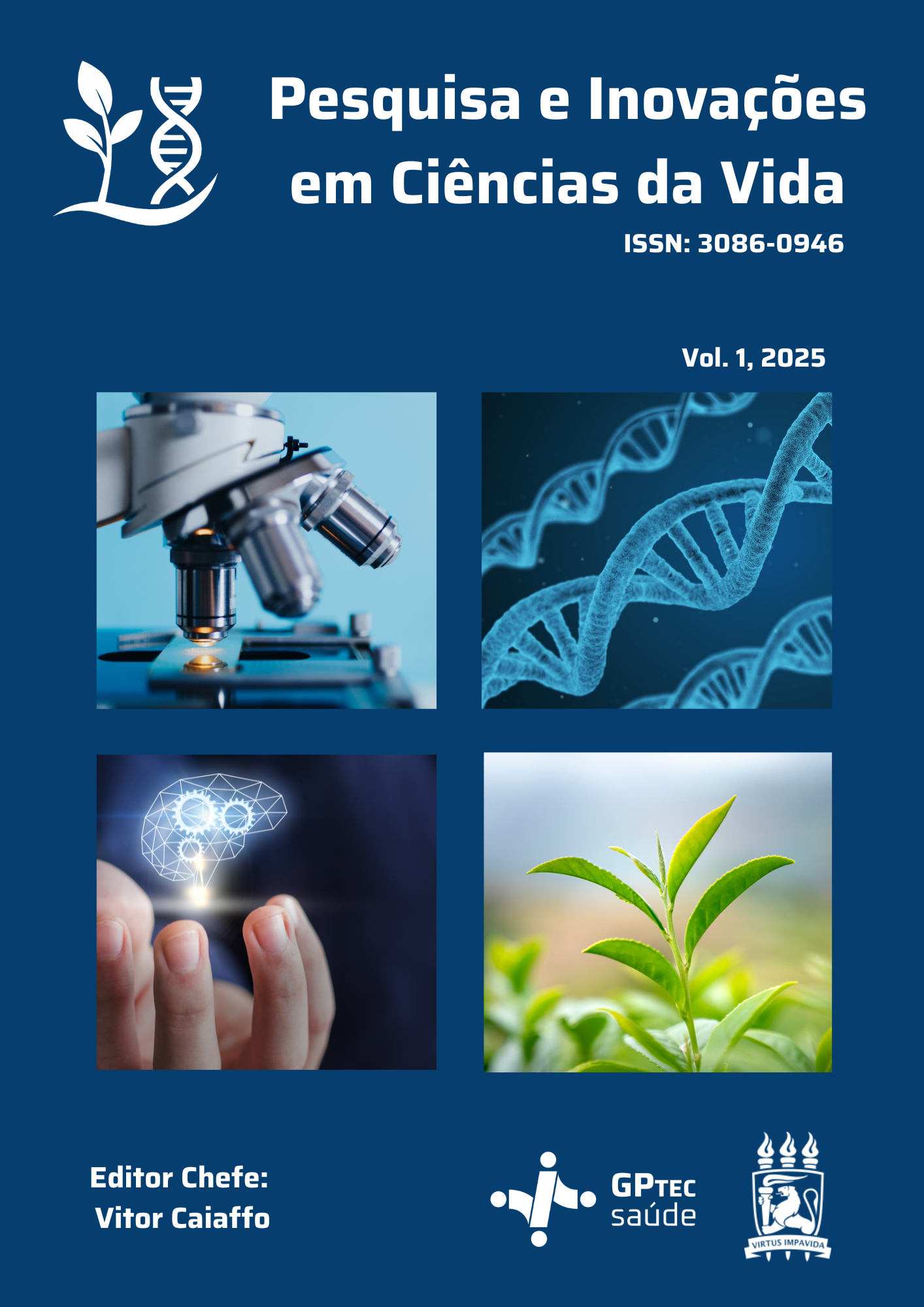SOCIODEMOGRAPHIC PROFILE OF PREGNANT WOMEN WITH SYPHILIS AND ITS IMPACT ON CASES OF CONGENITAL SYPHILIS IN THE CITY OF CARUARU, STATE OF PERNAMBUCO, BRAZIL
Keywords:
Syphilis, Congenital syphilis, Treponema infections, Clinical epidemiologyAbstract
Introduction: Syphilis is an STI (Sexually Transmitted Infection) caused by the bacterium Treponema pallidum, with a high incidence worldwide. The challenge of combating the disease becomes even more significant when it involves pregnant women, given its potential to cross the placental barrier, characterizing cases of congenital syphilis. The high incidence of congenital syphilis is a marker of low or inadequate prenatal care. Objective: Identify and analyze the epidemiological profile of congenital syphilis in the municipality of Caruaru, Pernambuco, between 2013 and 2023. Methodology: A descriptive and quantitative methodology was employed, based on secondary data from the National Health Surveillance System (SINAN). Data on the incidence of congenital syphilis in Caruaru over a 10-year historical period were analyzed. Results: The most cases of the infection occur in low-income, young, and poorly educated women. Furthermore, the vast majority of pregnant women are diagnosed at the time of delivery or curettage, rather than during prenatal care, as recommended by the Ministry of Health. Furthermore, the number of stillbirths and miscarriages caused by congenital syphilis is high, in addition to the number of children who will suffer the impacts of complications from the infection. Conclusion: The city of Caruaru must invest time and planning in creating public policies that improve prenatal care, identifying and appropriately treating syphilis cases during pregnancy and, thus, preventing cases of congenital syphilis.
Downloads
Published
Issue
Section
License
Copyright (c) 2025 Vitória Regina Lima do Nascimento, Mardonny Bruno Oliveira Chagas

This work is licensed under a Creative Commons Attribution 4.0 International License.
Copyright
Copyright of the authors, 2025. Licensed under the Creative Commons Attribution 4.0 International License (CC BY 4.0). This license lets others distribute, remix, adapt, and build upon your work, even commercially, as long as they credit you for the original creation. License text: https://creativecommons.org/licenses/by/4.0/
Open Access Policy
Research and Innovation in Life Sciences is an Open Access journal. This means that all of its content is freely and immediately available, at no cost to the user or their institution.
Users may read, download, copy, distribute, print, search, or link to the full texts of articles, crawl them for indexing, or use them for any other lawful purpose without prior permission from the publisher or author, provided they respect the Creative Commons license applied to the published content. This statement is in accordance with the Budapest Open Access Initiative (BOAI) definition of open access.
Authors retain copyright and grant the journal right of first publication, with the work simultaneously licensed under the Creative Commons Attribution 4.0 International License (https://creativecommons.org/licenses/by/4.0/), which allows others to share the work with an acknowledgement of its authorship and initial publication in this journal.
Authors are authorized to enter into separate, additional contractual arrangements for the non-exclusive distribution of the journal's published version of the work (e.g., publishing in an institutional repository or as a book chapter), with an acknowledgement of its authorship and initial publication in this journal.
Authors are permitted and encouraged to publish and distribute their work online (e.g., in institutional repositories or on their website) only after the work has been published by the Journal, as this can lead to productive exchanges, as well as increase the impact and citation of the published work.







